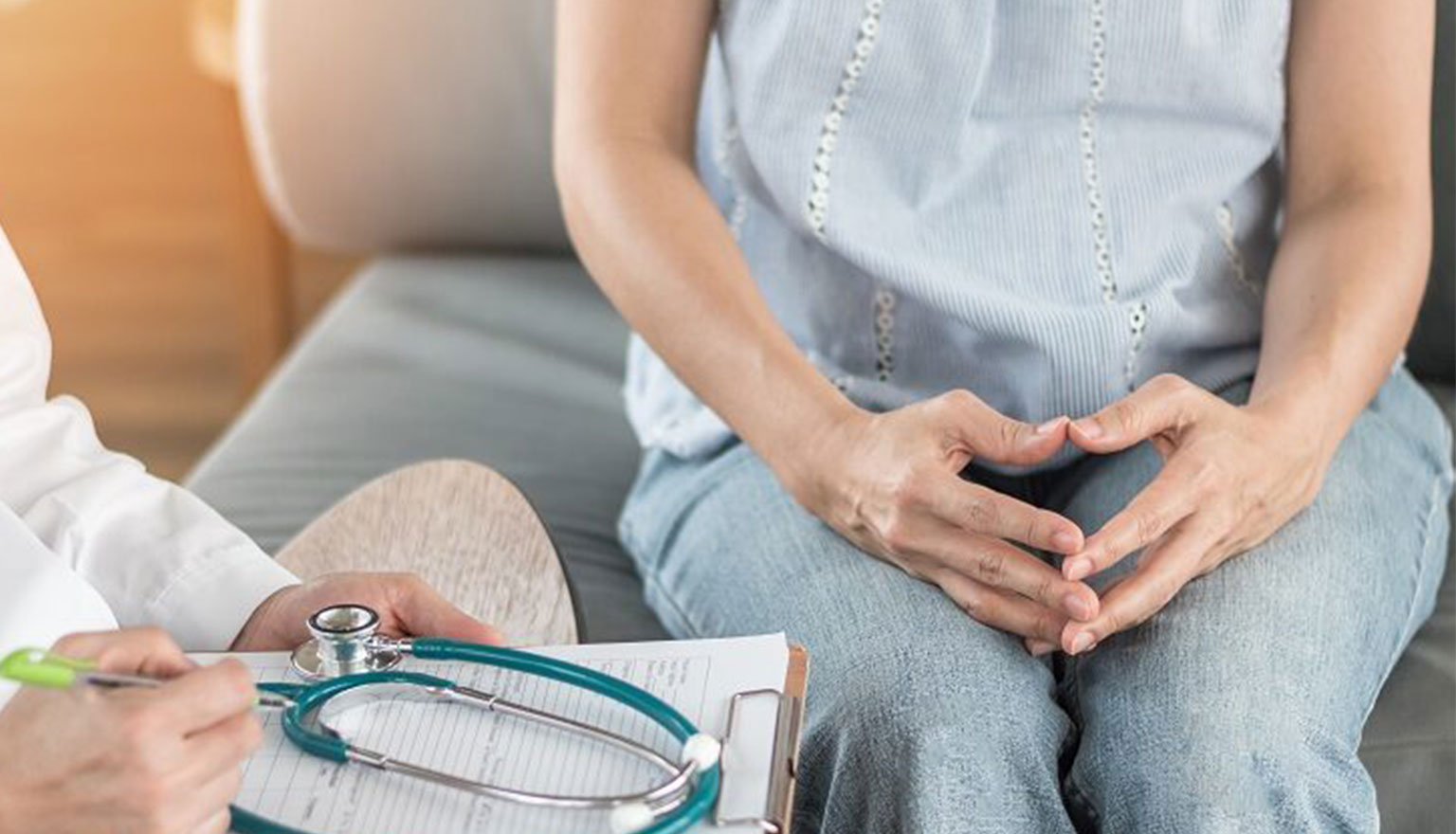
Image: Atomwise CEO and co-founder Abraham Heifets
International Women’s Day spotlight: endometriosis
Despite affecting nearly 10% of women worldwide, endometriosis lacks proper research, funding and disease awareness.
Dr Judith M. Sills. Credit: Arriello
Dr Eric Caugant. Credit: Arriello
International Women’s Day (IWD) commemorates the political, social, economic and cultural achievements of women throughout history. This important day also provides a platform for the call to increase gender equality in all areas. In addition to gender inequality, IWD creates space to discuss other issues that disproportionately affect women—one significant example being gynaecological conditions.
Women can suffer from diseases such as cervical cancer, polycystic ovarian syndrome (PCOS), pregnancy-related diseases, cervical dysplasia and more. These illnesses cause a range of unwanted symptoms such as infertility, extreme pelvic pain, acne and facial hair, and even death. It is, therefore, important to be aware of warning signs that may indicate more than generic period cramps.
Too often, pelvic pain is normalised, discouraging women from seeking treatment. This often occurs in the face of endometriosis, a condition in which endometrial-like tissue is found outside of the uterus, causing severe and chronic pelvic pain. Despite affecting nearly 10% of women worldwide, endometriosis lacks proper research, funding and disease awareness among both the medical community and the public. As a result, women wait seven to eight years on average after initial symptom onset before receiving a formal diagnosis.
To decrease that diagnosis delay, it is vital for women to recognise when to pursue medical treatment. Potential symptoms of endometriosis may include the following:
- Pain during or after intercourse
- Infertility
- Painful urination during menstrual periods
- Painful bowel movements during menstrual periods
- Nausea and/or vomiting
- Long periods
- Severe abdominal cramps
- Pelvic pain
Although one or more of these symptoms may be present when a woman is suffering from endometriosis, asymptomatic cases are also common. As such, scheduling yearly appointments with a gynaecologist is necessary in order to monitor uterine health.
While endometriosis does not have a cure, there are therapeutic options that can alleviate endometriosis-associated pain. From oral tablets to intramuscular injections, endometriosis medications exist across several drug classes to adjust to patients’ individual needs. These drug classes contain those listed:
- Gonadotropin-releasing hormone (GnRH) agonists: Zoladex (goserelin), Lupron/Enantone (leuprolide acetate), Synarel (nafarelin acetate), Suprecur (buserelin acetate), Decapeptyl (triptorelin pamoate)
- Progestins: Visanne (dienogest), Depo-Provera (medroxyprogesterone acetate), Duphaston (dydrogesterone), Primolut-Nor (NETA)
- Oestrogen antagonists: Danazol
- Off-label medications: Oral contraceptives, non-steroidal anti-inflammatory drug (NSAID) generics, aromatase inhibitors
- GnRH antagonists: Orilissa (elagolix)
Additional GnRH antagonists are currently in clinical trial development and should enter the market within the next five to seven years. When medication is insufficient, patients have the option of undergoing surgery to remove the endometrial lesions. These lesions can either be removed (excision) or burned off (ablation).
Pelvic pain can be common when menstruating each month, but women are encouraged to speak with medical professionals if the pain is extreme and/or accompanied by one of the aforementioned symptoms. Options to alleviate pelvic pain do exist, and women’s quality of life should not be compromised when therapeutics are available.
COMMENT from